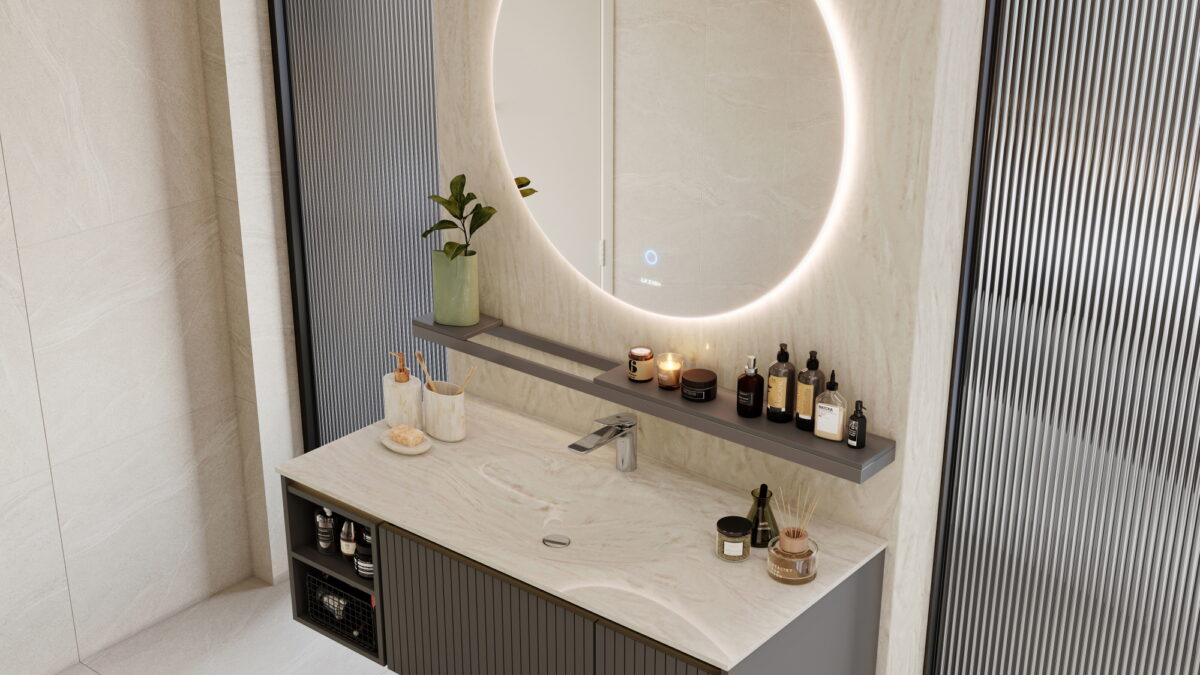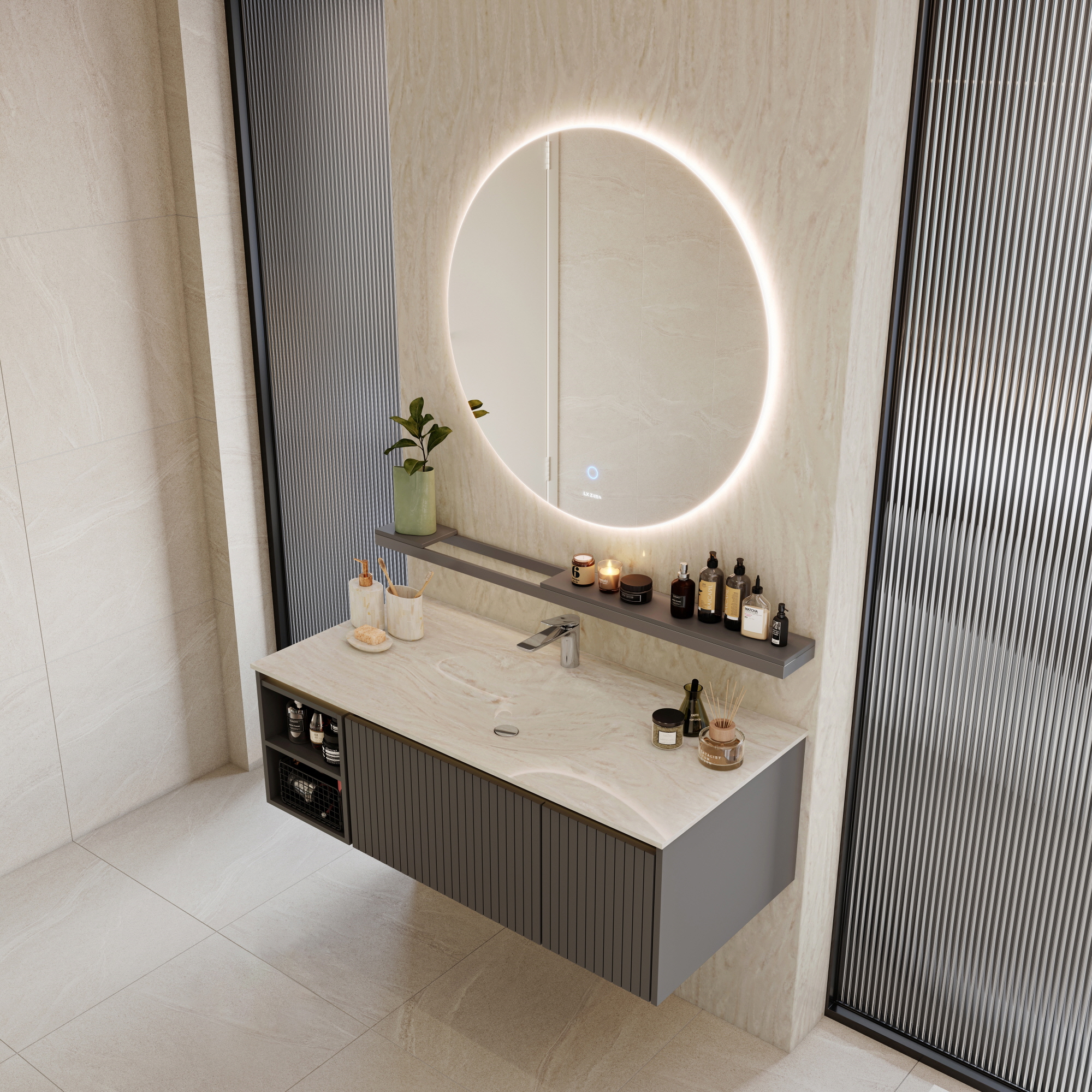
Bathroom remodels are extremely popular. That is because they bring functionality, aesthetic appeal, and value to your home. They tend to be one of the most expensive renovations to carry out, though, which leads homeowners to explore DIY options.
Many people wonder if it is possible to replace countertops on a bathroom sink and vanities. The answer is “Yes,” and the good news is that you can carry out this task on your own. The key is to have the right tools and know-how.
This article covers how to replace just the countertop on your bathroom vanity. Keep reading for some bathroom design ideas that will leave yours looking like new without breaking the bank.
Advantages of DIY Bathroom Countertop Replacement
There are many benefits to doing vanity bathroom countertops replacement yourself. One is cost savings. Regardless of the type of countertop you choose, it will be much cheaper than replacing the entire vanity.

You also save on labor costs. Swapping out the countertop is much less labor-intensive than replacing the entire vanity.
It also limits waste. If you are content with your vanity but only need a new countertop, you are preserving materials that otherwise must be disposed of.
Customization and personal touch are other benefits of DIY countertop replacement. It lets you be more hands-on, so you can add your personal touch to the project. It also allows you to tackle the project on your own timeline, rather than enduring the hassle of interviewing and scheduling contractors.
A final advantage is that it can be fun. Tackling the project on your own can bring a sense of satisfaction with your newly gained knowledge and completion of the project.
Decide on Countertop Materials

The first step is to determine the right material for your countertop. There are many to choose from. Which one is best depends on your personal preferences and budget.
Granite
Granite is an extremely durable option. It is an incredibly hard material, making it resistant to scratches, chips, and other forms of damage, as well as stains. It can also stand up well to high temperatures, which makes it a good choice for bathroom surfaces, where hair dryers or straighteners may get placed.
Granite is a natural product, making it a sustainable option. It is also very easy to maintain. Basic cleaning is all that is necessary. Also, every piece of granite is unique, adding a distinctive look to your bathroom.
Marble
Marble countertops are known for their elegant appearance. It has rich, unique patterns that make it look like a work of art. You can also choose among various colors and patterns to match both traditional and modern aesthetics.
Like granite, marble is resistant to heat, and it also stays cool. It is softer than granite, but is still quite durable, with the proper care. Note that it does require sealing, since it is more susceptible to stains and scratches than some other surfaces on this list.
Quartz
Quartz has gained a lot of popularity in the last few years. This is due to its many advantages over other countertop materials.
Quartz is one of the hardest substances on earth. Among minerals, only topaz, corundum, and diamonds are harder. This makes quartz one of the most resistant countertops to scratches, chips, and cracks.
Quartz is also non-porous. That means it will not absorb liquids and is resistant to stains. It also will not harbor bacteria, producing an extremely hygienic surface for bathrooms. Like granite (but unlike marble) quartz does not need sealing or any other treatments to achieve these benefits.
Quartz comes in a variety of colors and designs. It is one of the best options for achieving a consistent appearance because countertops are produced using crushed quartz stone mixed with particular pigments and resins.
Solid Surfaces
“Solid surfaces” is a generic term used to describe a unique type of countertop. They are composed of mineral dust mixed with acrylic resins and pigments.
Solid surfaces, such as Hi-MACS, let manufacturers achieve a unique, non-porous surface that is resistant to stains and scratches. These hold up well to minor impacts. Also, if damage does occur, these countertops can be sanded and buffed to restore the original appearance.
The non-porous surface makes them easy to clean and resistant to bacteria, mold, and mildew. This means they are well suited to bathrooms.
Solid surfaces can be shaped and molded to almost any design. They come in a variety of patterns and can be produced to mimic natural stone. They also are one of the best options for integrating a seamless transition between the surface and the sink.
One of the biggest advantages of solid surfaces is that they are quite economical. You can expect them to cost much less than granite, marble, and many other countertop materials. They also are made from recyclable materials, making them a sustainable choice.
Porcelain
Porcelain is a fine-grained, translucent ceramic material. It is made by heating certain types of clay in a kiln to very high temperatures. It was first made–in primitive form–in China more than 1,000 years ago.
Porcelain is non-porous and highly stain-resistant. It can withstand high temperatures and can last a lifetime. It comes in a variety of designs and is very low maintenance.
A distinctive quality of porcelain is that it is much lighter than many other materials on this list. This makes it easier to handle and install. The flip side is that improper installation can lead to damage, including cracks.
One potential downside to porcelain is that it can be more expensive than some other materials. However, its ability to last and look great for a lifetime is something to consider when comparing prices.
DIY Vanity Countertop Replacement
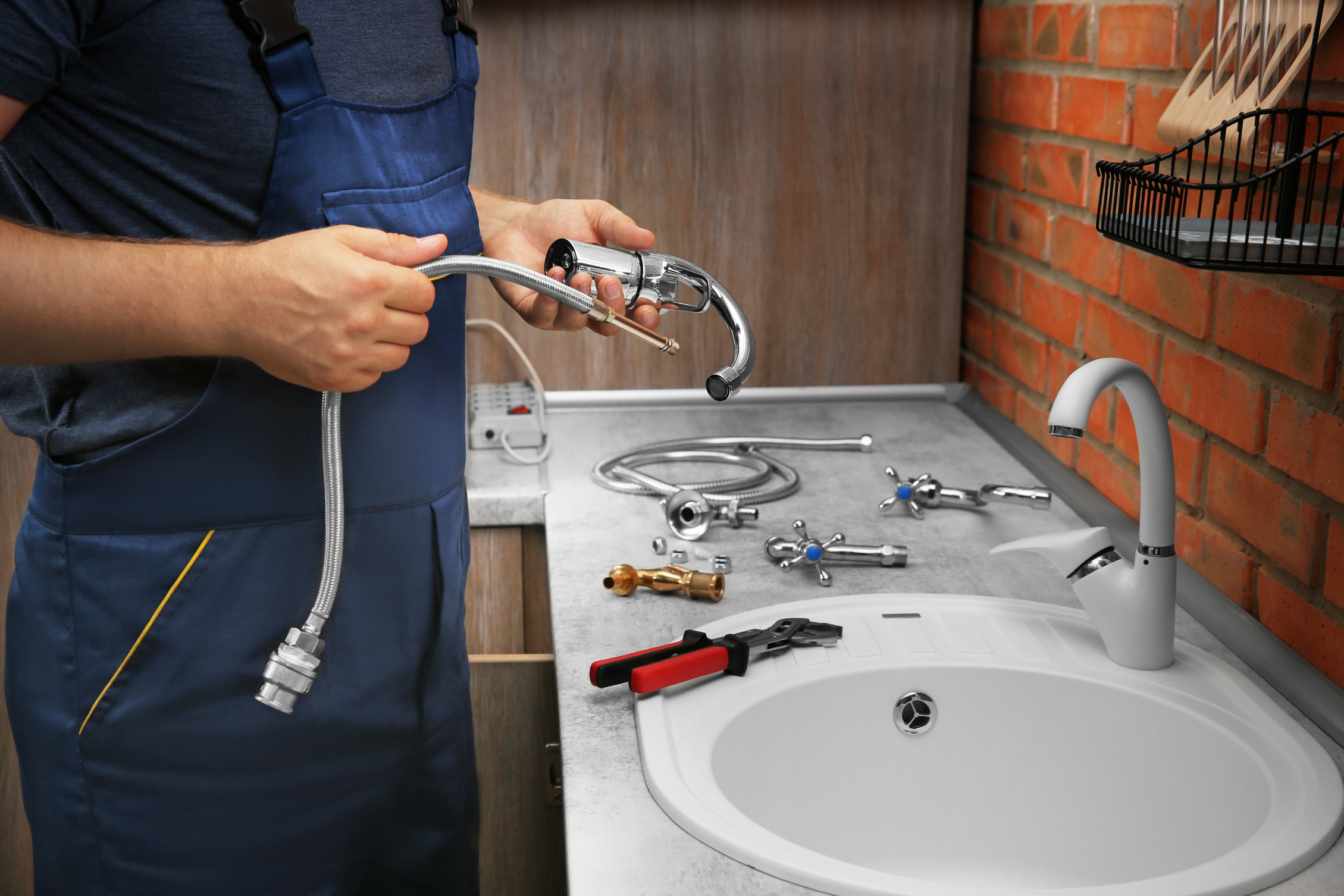
Once you have decided on the material and size to replace the bathroom sink countertop, you are ready to get started with the actual projects. There are several steps to follow.
Measure
Once you have settled on a countertop material, the next step is to determine the needed dimensions. This includes the width and depth of the surface, as well as any cutouts for sinks.
Note that the size of the countertop may influence the type of material you choose, based on price or other factors. Keep that in mind before purchasing.
Gather Tools and Materials
In addition to the new countertop, you next need to gather the needed tools and materials for completing the project. Here are the main tools you will need:
- Safety gloves and goggles
- Measuring tape
- Level
- Caulk gun
- Utility knife
- Putty knife
- Pipe wrench or crescent wrench
- Screwdriver
- Bucket
- Towels
In addition, gather the following materials:
- Caulk
- Silicone sealant
- Construction adhesive
- Plumbing tape
Removing the Old Countertop
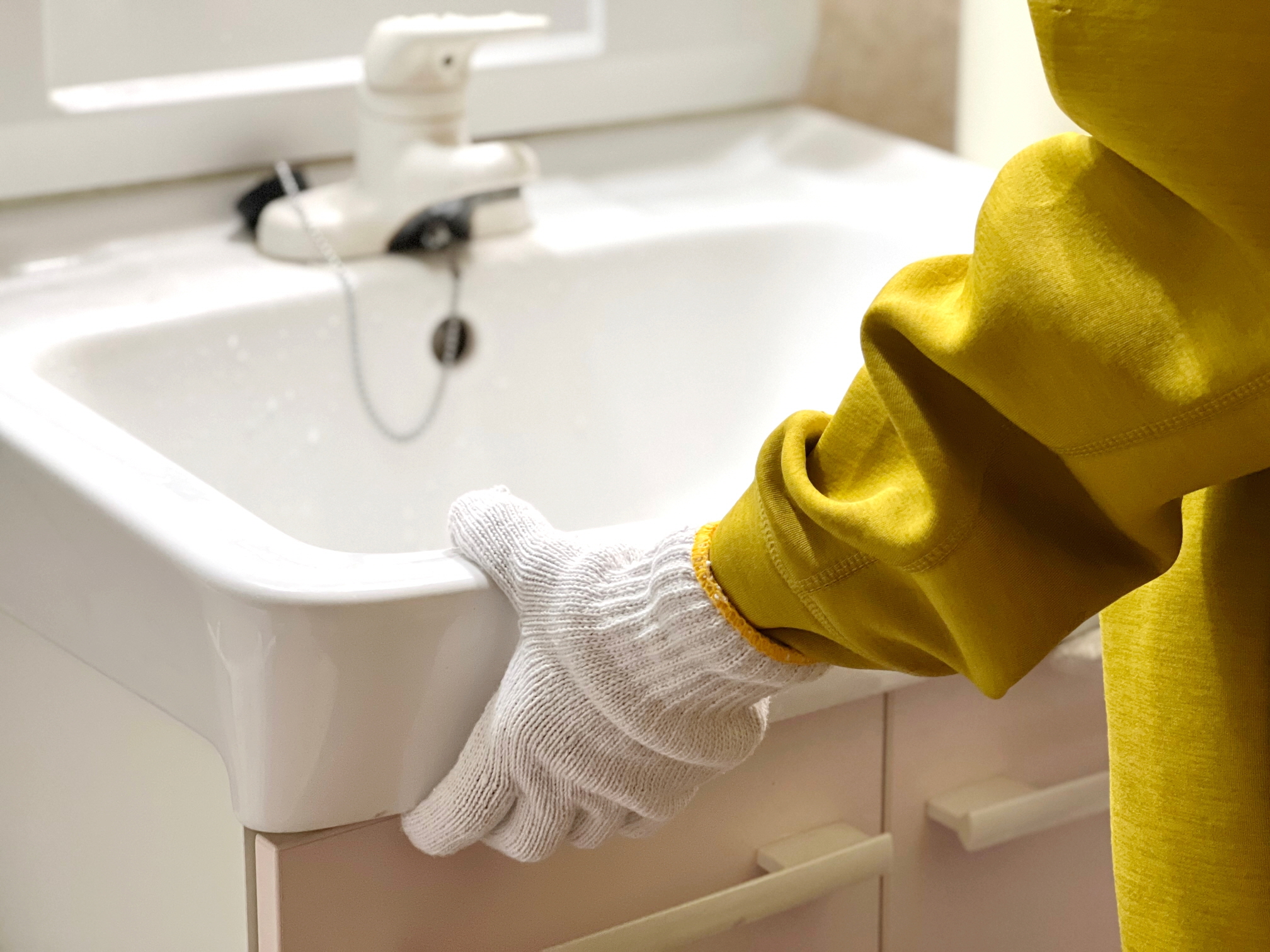
The first step is to take off the existing vanity countertop. Before moving forward, turn off the water supply, either under the sink or at the source. Then, turn on a faucet to release any built-up water pressure.
The next step is to disconnect the plumbing. If there are clamps on the pies, use a flathead screwdriver to loosen them.
Place a bucket under the bathroom sink and countertop to catch any water. Then, disconnect water supply lines and drain pipes using a wrench.
Look for screws holding the countertop in place, and loosen them. If it is secured with an adhesive, you may need to use a putty knife to pry it loose.
Finally, lift the countertop off the vanity. Depending on the size and material, you may need assistance doing so.
Installing the New Countertop
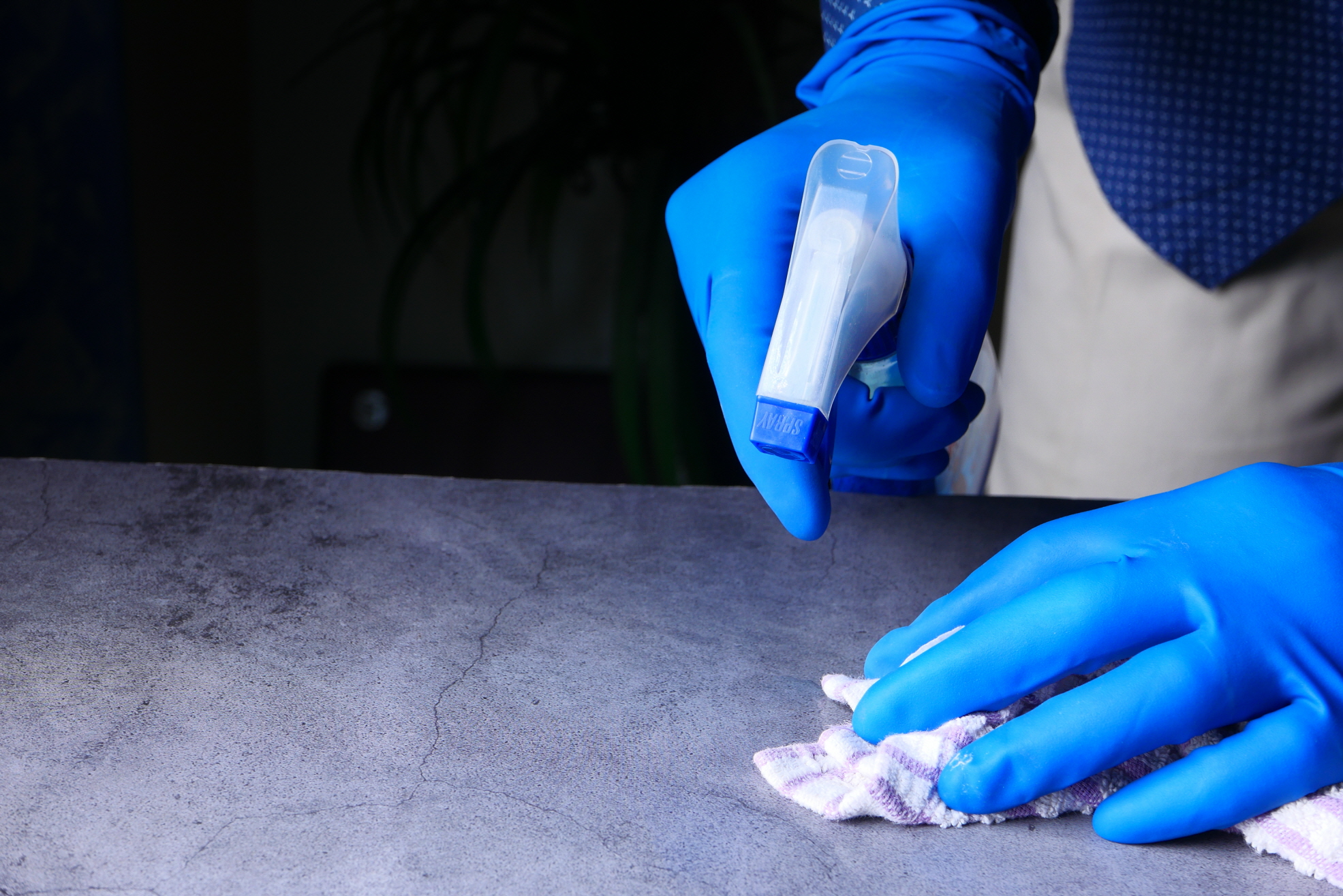
Before installing the new countertop, be sure to clean the vanity of any remnants of adhesive or caulking. You can do so using a putty knife. Also, take the opportunity to thoroughly clean the surface with damp towels.
Then, place the new countertop on the vanity to ensure proper fit. Use a level to ensure it is sitting correctly.
Remove the countertop, and apply a thin layer of construction adhesive along the edges. Place it back on the vanity and press down to ensure it adheres properly.
Reattach the water supply lines, the faucets, as well as the drain. You can use plumbing tape and clamps to ensure a tight seal. At this point, you can turn the water supply back on to check for any leaks, then tighten connections, if necessary.
If you prefer, you can apply caulk where the countertop meets the wall or backsplash. The final step is to wipe down the new countertop, as well as the bathroom sink and vanities, to remove any dust or debris from the installation process, and then enjoy your new vanity.
Find Quality Countertops for a Bathroom Sink and Vanities at LX Hausys
Now that you understand how to replace countertops on a bathroom sink and vanities, you are ready to get started. With meticulous planning and a little patience, you will have a new bathroom sink countertop for your home.
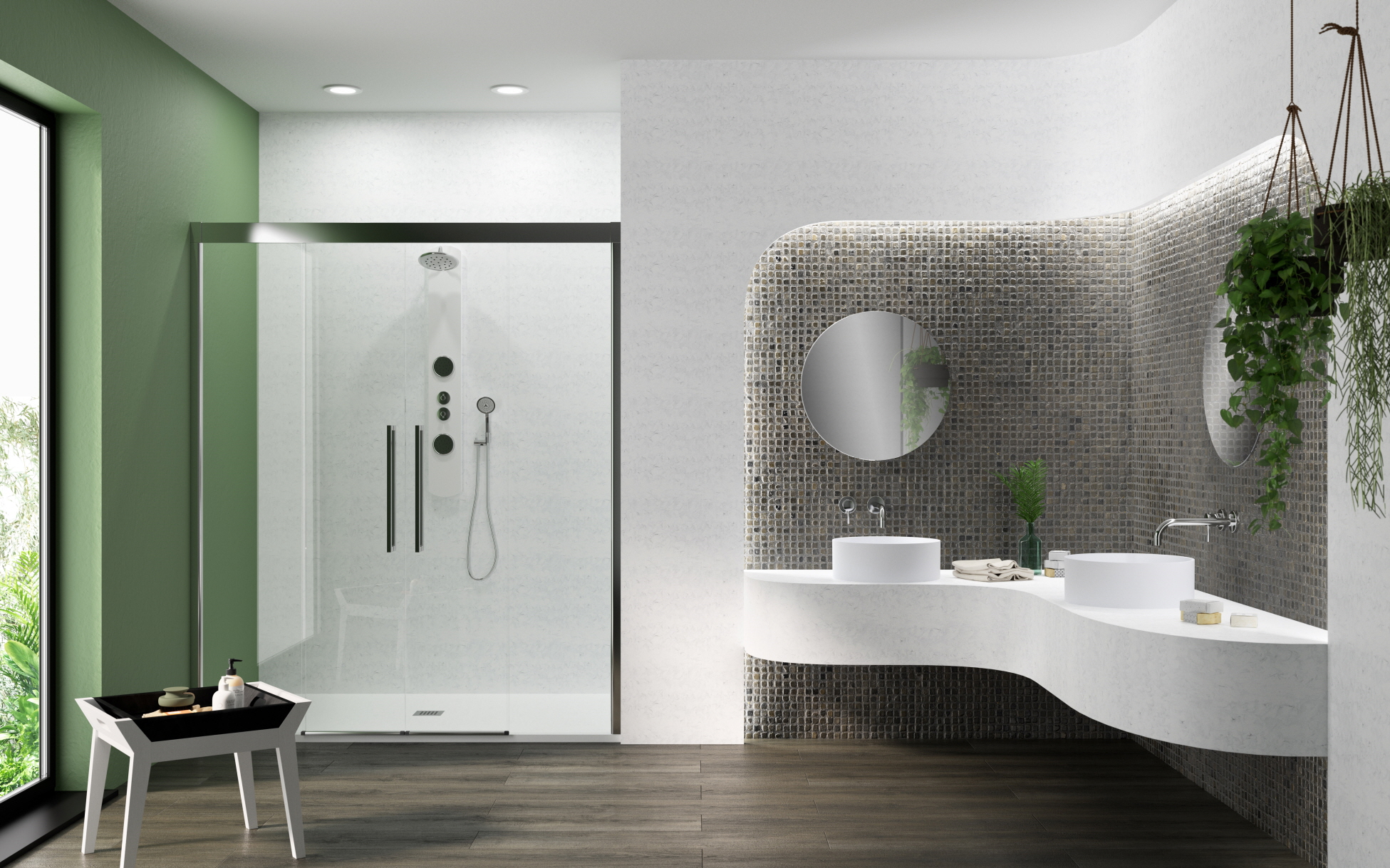
We hope you found these bathroom renovation tips helpful. Since 1947, LX Hausys has been sourcing the highest quality materials to enhance the value of living spaces. Our goal is to create aesthetically pleasing floors and surfaces through the use of energy-efficient and eco-conscious materials. Reach out to us today for help with vanity countertop installation.

